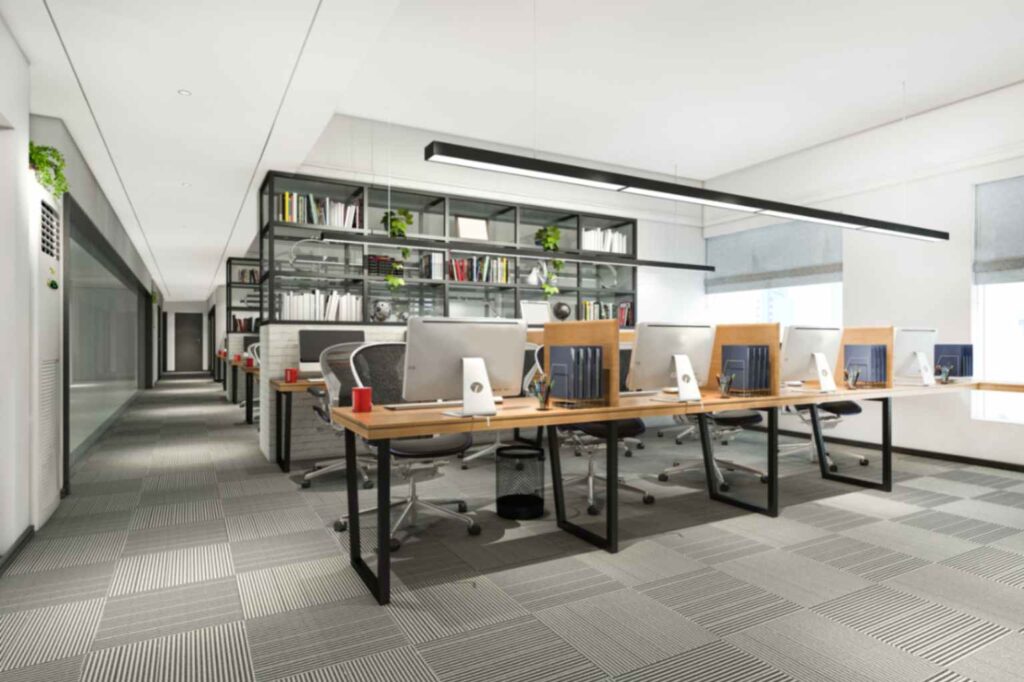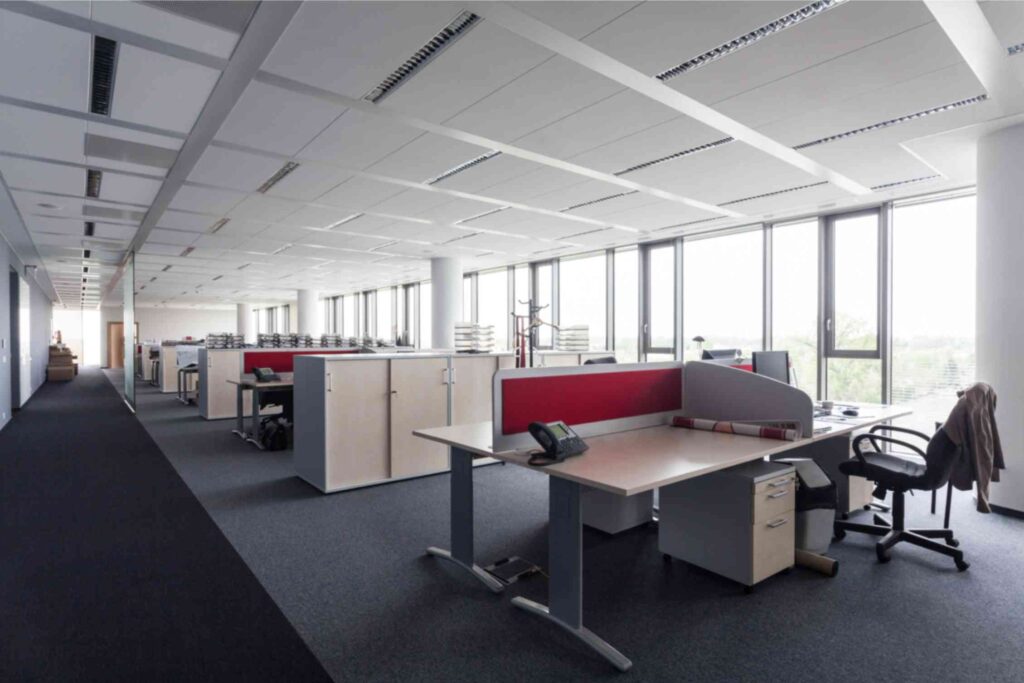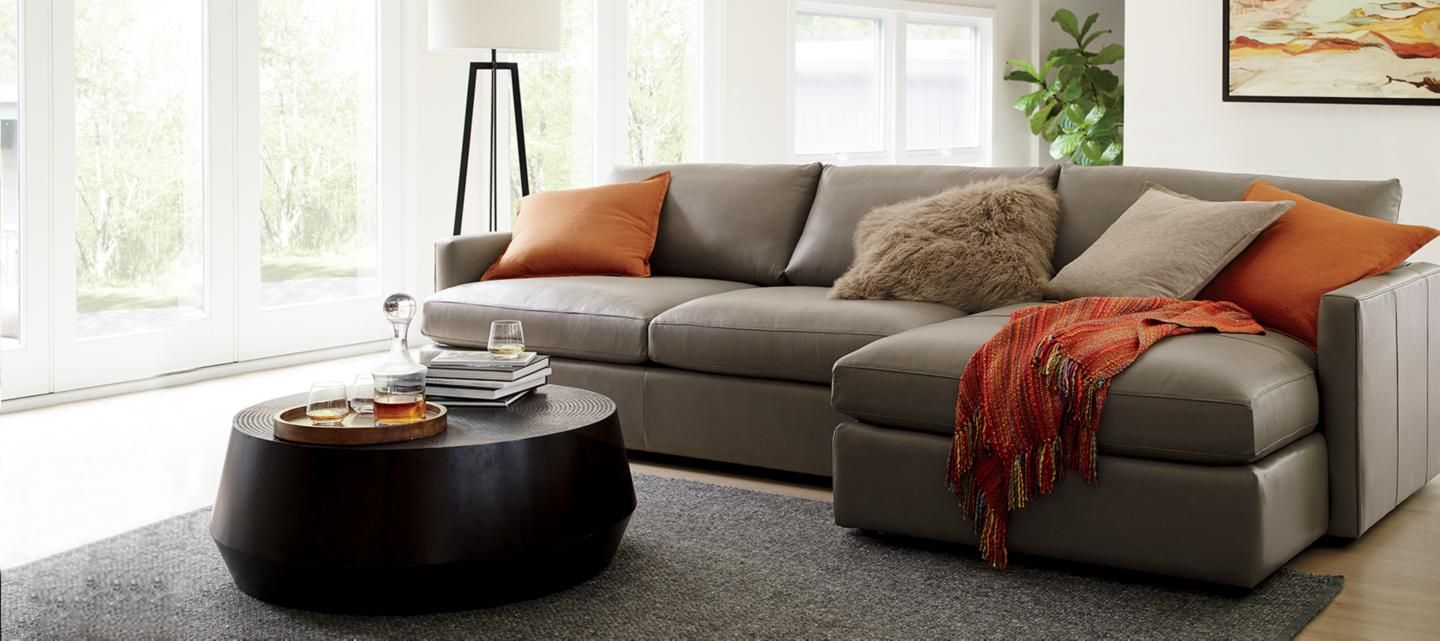One-on-one, interviews, and secluded working spaces for introverted employees are just a few of many good reasons to add privacy pockets to your office. Struggling to figure out how to make it work for your workspace? The following five tips are ideal for open-plan offices that are in desperate need of some quiet work havens:
Outsource Your Quiet Nooks
You may have already considered adding offices or cubicles to your space using stud walls, modular walls, or glass walls and a good blind system. However, you might not want to invest in construction, or you might not be able to if you have an office lease. This is where outsourcing can save the day. You can rent an executive office in a coworking space or book a serviced office that you and your team use only as needed. This gives you access to the finest facilities at an affordable rate, without the need to modify your current setup.

Get Planty
Indoor plants can make an office look more beautiful, offering various shapes, textures, and colors that cut through the corporate-feeling environment. Plants can also be surprisingly good at creating privacy in an office, obscuring whatever or whoever is behind the greenery.
In a recent study, plants in an office were found to offer a higher sense of privacy, as well as a higher sense of satisfaction. As a bonus, they’re also associated with fewer health issues among employees.
Why not use some tall tropical plants like monstera deliciosa or fiddle leaf fig? Some businesses like to add hanging plants like pothos or monstera adansonii instead, saving floor space but still creating visual interest and privacy screens.
Create Private Zones With Furniture
Lots of open-plan offices have different zones to suit different working needs. Many will have hot desking spaces, break out zones, management areas, and even standing desk areas or beanbag working spaces to accommodate all the different ways people like to work.
With some clever positioning of furniture, you can use the furniture involved to create private zones. Simply placing chairs and a table in a corner away from everything else lets people know that the area is more private and separate than the rest of the space. Adding a plant or two (see above), or even some screens around the setup, can further enhance the privacy of the space.

Deal With Noise Pollution
One of the biggest ways privacy and quietness is impacted in a workspace is with office noise pollution. Research tells us excessive noise can cause problems with focus. It can also lead to physical health issues and interfere with your team’s ability to complete tasks.
One way to help with this is to use sound absorbing wall panels. You can also supply noise-cancelling headphones to members of staff who need them. Additionally, plants can also absorb a lot of sound too.
Being mindful of noise when creating quiet and private zones will help to ensure those zones are more effective and usable for employees.
Consider Hybrid & Remote Working Models
According to recent research, 9 out of 10 employees say that flexible working options are as important as the amount they get paid. Remote and hybrid models allow employees to work privately if they need to, utilizing modern technology to stay connected to the rest of the team.
It’s time to open your mind to privacy pockets in your open-plan office. With the flexibility to have meetings and working spaces that are quieter and less social, you create a more dynamic working environment that suits the needs of your business and your team.



